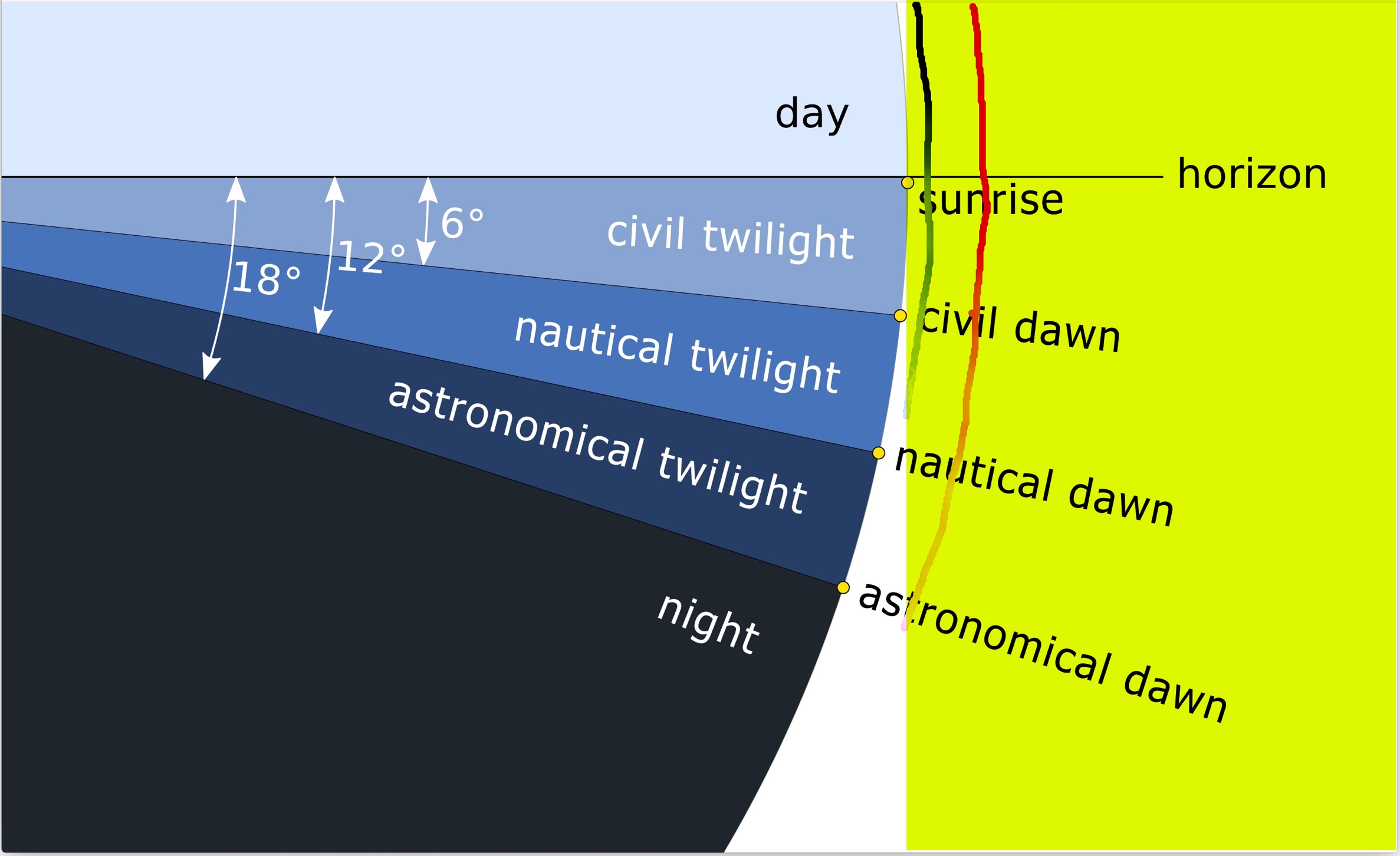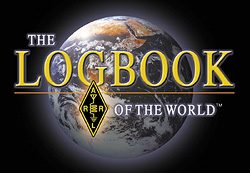LP=Long Path if shown
Map Legend:  =Home,
=Home,  =DX Station,
=DX Station,  =Sun Position
=Sun Position
Red line = Communications path
Red line = Communications path
| The day/night terminator has 4 shade levels going from light to dark | |
|

|
|
The Magnetic Equator is shown as a black line around the 0 degree equator line The Magnetic Equator is important for Transequatorial Propogation and the magnetic field strengths are believed to be important for Sporadic-E Propagation. |
|
LOTW
